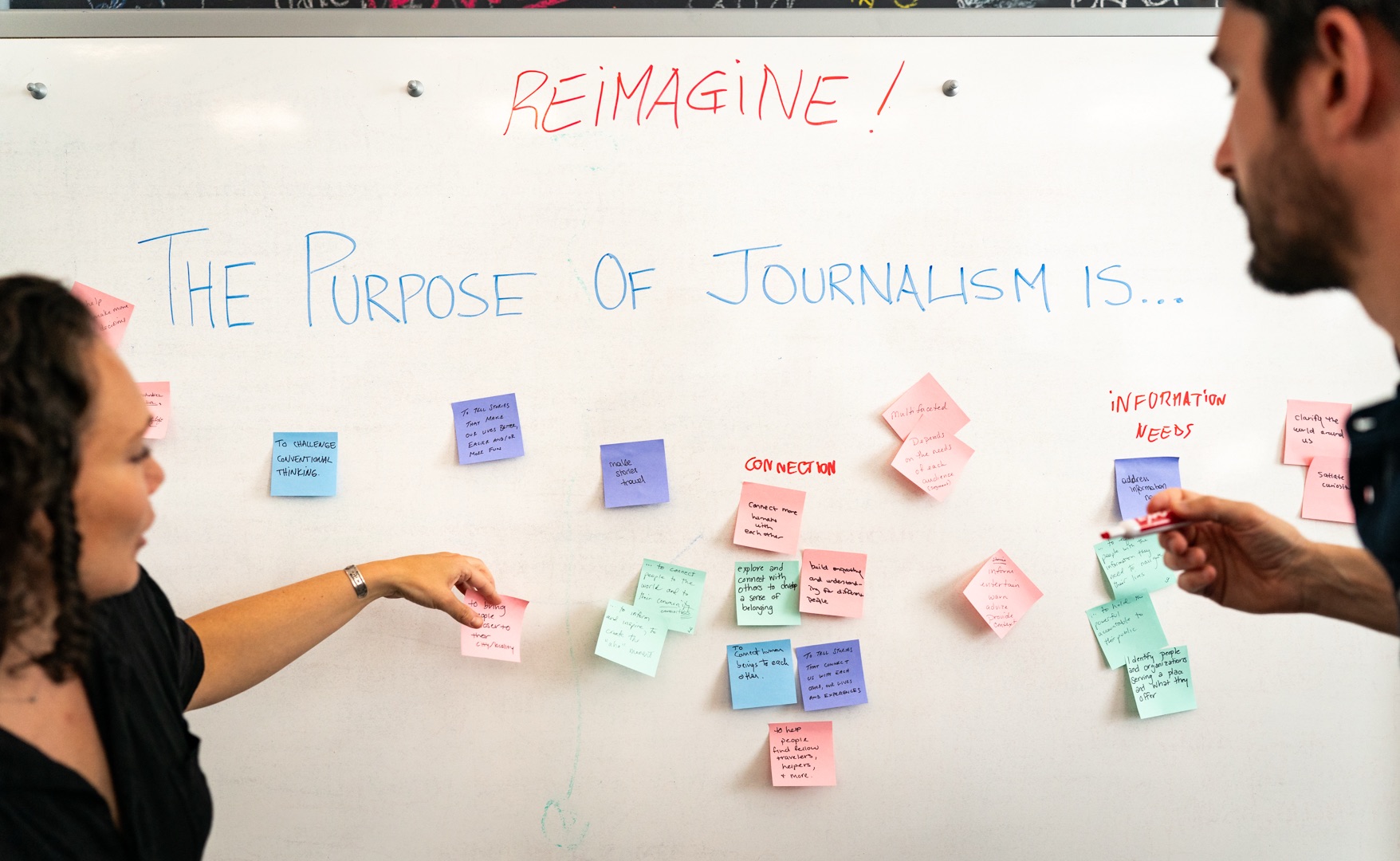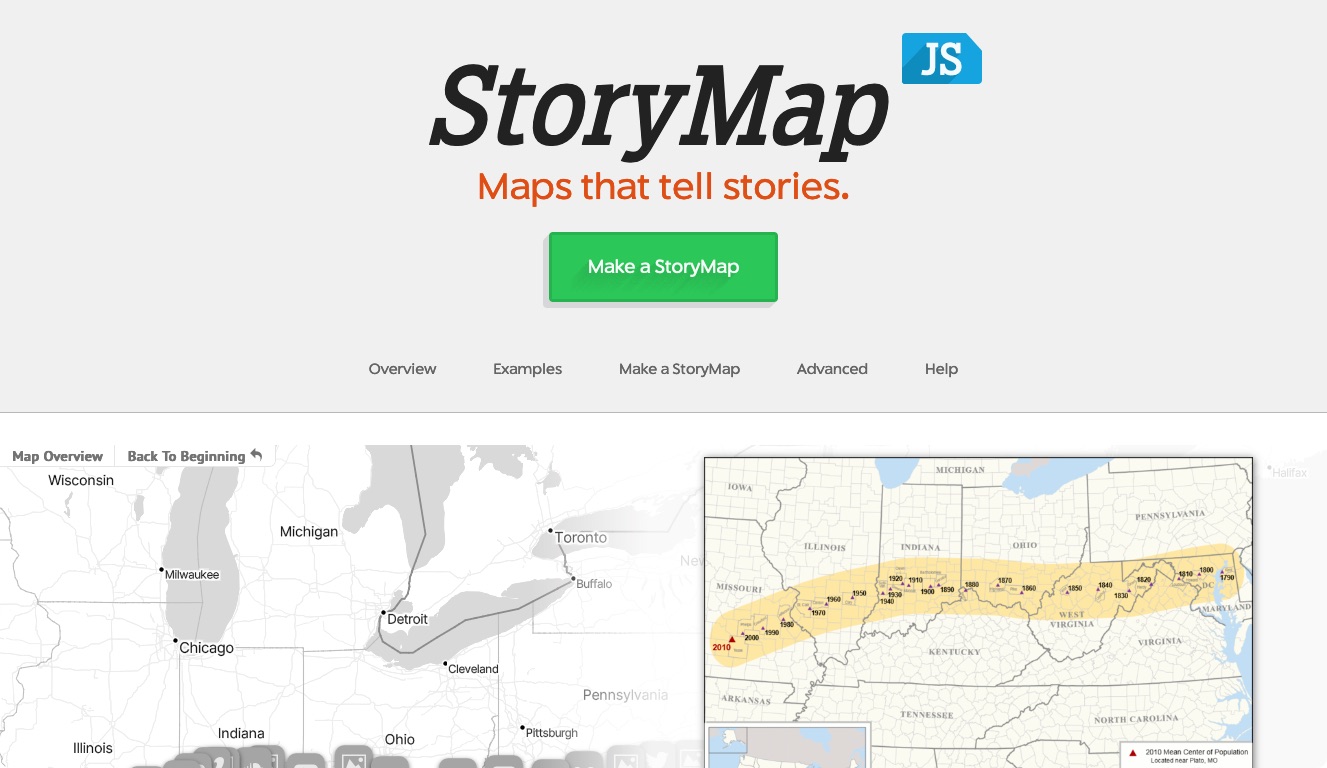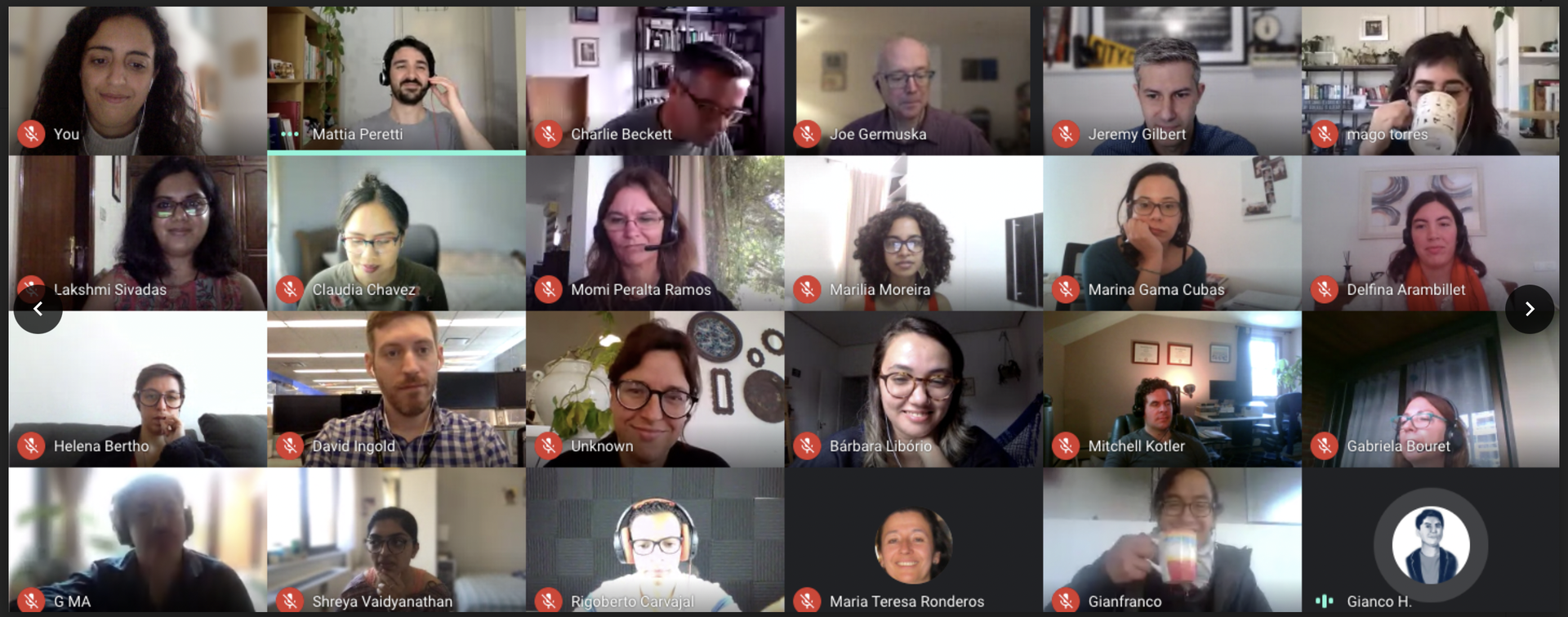In early 2012 the Knight News Innovation Laboratory at Northwestern University developed CongressionalPrimaries.org, a suite of technologies to help news organizations around Illinois cover the Congressional primaries. Sixteen news organizations used the Lab's tools to augment traditional election coverage or to present readers with ready-made profiles of every congressional primary candidate in Illinois who had a social media footprint.
There were 25 contested primaries in Illinois this year – the first campaigns in districts that were redrawn after the 2010 Census. Because of redistricting, many people were choosing among candidates they knew little about. Many of the districts are huge, extending across the circulation areas of multiple newspapers and even different television markets. The Lab's tools made it possible for multiple publishers to provide the public with news and information about the candidates that would otherwise have been difficult to obtain.
The Knight Lab offered this content in three different ways:
- For the public, at the main site: CongressionalPrimaries.org;
- For publishers wishing to incorporate all of the content, through "white label" pages hosted by the Knight Lab, such as:
http://suntimes.congressionalprimaries.org/race/16/R; - For publishers wanting to incorporate the Lab's content on their sites, in the form of widgets, such as: http://chicagotonight.wttw.com/2012/02/23/adam-kinzinger.
(If this page is removed from WTTW.com as of the time of judging, you can see screenshots of those pages at: http://www.congressionalprimaries.org/blog/editorial/illinois-news-sites-adopt-congressional-primaries-technology/)
The Knight Lab project had these components:
- A Google Maps application allowing users to enter their address and find out which congressional district they live in.
- An aggregation tool (built with Ruby on Rails and using the Bing News API and Bing Web Search API) that collected coverage of individual congressional primary races from multiple sources.
- An analysis and categorization of candidates' tweets (built with Python scripts, the Twitter API and a Naïve Bayes Classifier) that showed voters how often candidates tweeted about particular topics (debt, jobs, energy, etc.).
- An analysis and categorization of the tweets of candidates' Twitter followers that showed voters how often the followers as a group tweeted about particular topics (debt, crime, environment, etc.).
- A snapshot of campaign contributions (using the Mapquest geocoding service, that Federal Elections Commission data and Python scripts) that showed users the geographical distribution of each candidate's contributor base (in-district/out-of-district, in-state/out-of-state).
Each of these features was automated, regularly updating throughout a given day and requiring no human input. For details on the technology behind these tools, please visit:
The value of the Lab's work can be seen in the diversity of the websites that made use of the content:
- Four daily newspapers: the Chicago Sun-Times, the Daily Herald, the Northwest Herald and the Quincy (IL) Herald-Whig
- Six broadcasters: NBC5 Chicago, Fox Chicago, WTTW (Chicago PBS affiliate), WBEZ (Chicago NPR affiliate), WREX (NBC affiliate in Rockford, IL), KHQA (CBS affiliate in western Illinois)
- Five niche/community sites: The Gate Newspaper (Chicago's Back of the Yards neighborhood); The Times Weekly (Joliet, IL), Progress Illinois, Chicago Talks, Evanston Now and Austin Talks.
For more information about how the content was used by partners, please visit:
Another demonstration of the value of the project was the press coverage it received. For more about the coverage, please visit: http://www.congressionalprimaries.org/blog/technical/media-introduces-congressionalprimaries-org-to-voters/ .
About the author





